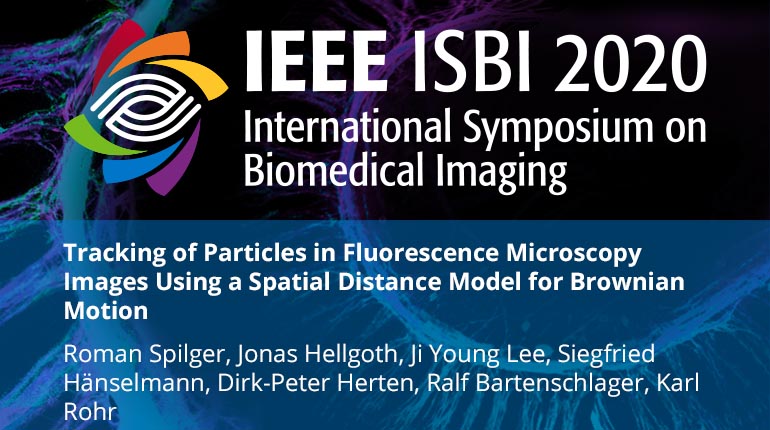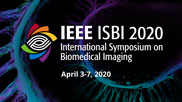Collection:

Automatic tracking of particles in fluorescence microscopy images is an important task to quantify the dynamic behavior of subcellular and virus structures. We present a novel iterative approach for tracking multiple particles in microscopy data based on a spatial distance model derived under Brownian motion. Our approach exploits the information that the most likely object position at the next time point is at a certain distance from the current position. Information from all particles in a temporal image sequence are combined and all motion-specific parameters are automatically estimated. Experiments using data of the Particle Tracking Challenge as well as real live cell microscopy data displaying hepatocyte growth factor receptors and virus structures show that our approach outperforms previous methods.
- IEEE MemberUS $11.00
- Society MemberUS $0.00
- IEEE Student MemberUS $11.00
- Non-IEEE MemberUS $15.00
Videos in this product
Tracking of Particles in Fluorescence Microscopy Images Using a Spatial Distance Model for Brownian Motion
Automatic tracking of particles in fluorescence microscopy images is an important task to quantify the dynamic behavior of subcellular and virus structures. We present a novel iterative approach for tracking multiple particles in microscopy data based on a spatial distance model derived under Brownian motion. Our approach exploits the information that the most likely object position at the next time point is at a certain distance from the current position. Information from all particles in a temporal image sequence are combined and all motion-specific parameters are automatically estimated. Experiments using data of the Particle Tracking Challenge as well as real live cell microscopy data displaying hepatocyte growth factor receptors and virus structures show that our approach outperforms previous methods.
 Cart
Cart Create Account
Create Account Sign In
Sign In
